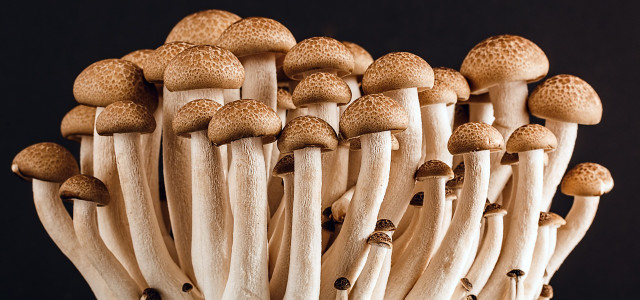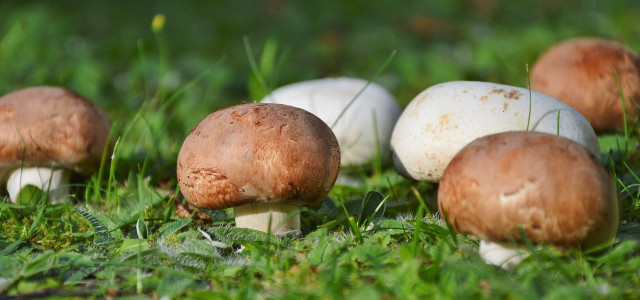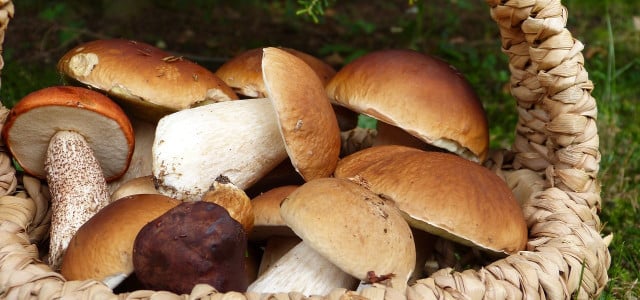Plastic-eating mushrooms are showing promise as a potential solution to the plastic catastrophe and other eco issues. Read on to find out more about these fabulous fungi.
Plastic-eating mushrooms are at the center of scientific research in view of our ongoing plastic crisis. Plastic is durable, virtually indestructible, and completely entwined into our daily lives. The molecular composition of plastic gives it its strength and creates a material that will still be present in the environment for hundreds or even thousands of years after it enters landfills.
Twenty-seven million tons of this plastic waste reach landfills annually in the US alone. A further eight million tons of plastic waste enter the world’s oceans each year and according to estimates, there could be more plastic than fish in the sea by 2050. We need solutions now.
Between February and March of 2022, the US government committed itself to working with other nations to fight plastic pollution with various key programs to address the crisis. To date, none involve tackling the catastrophe with plastic-eating mushrooms — but science strongly suggests that this might just become a realistic solution. Plastic pollution is expected to increase dramatically in the future unless we reach significant breakthroughs in plastic replacement or waste management. So, this is exciting news.
Plastic-Eating Mushrooms Will Not Go Hungry
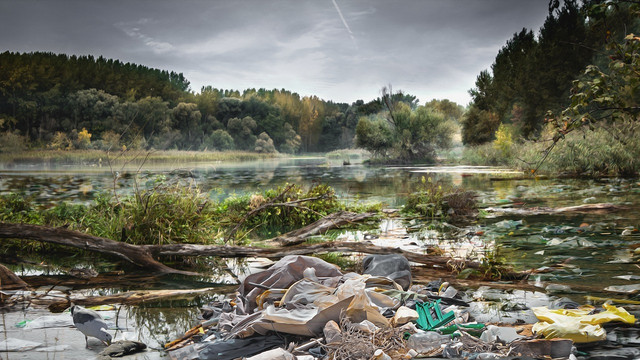
(Foto: CC0 / Pixabay / pixundfertig)
The fact that plastic takes several lifetimes to degrade is only one part of the problem. What it degrades into is another — and some studies have found that plastic-eating mushrooms can decompose plastic particles into natural organic matter. Research continues to examine the tiniest particles of plastic that have now contaminated our entire planet. Plastic-eating mushrooms will have no shortage of food.
Microplastics are found in everything — in oceans, freshwater systems, drinking water, fish, sea creatures, animals, food, soil and even in the air. We are still unsure what effects they will have on us humans, but they have made their way into us too. Nanoplastics — the tiniest particles of these microplastics — are suspected by some researchers to be able to cross the blood-brain barrier, enter the placenta, and be distributed in human organs like the liver, muscles, and brain.
It isn’t just human health that might depend on plastic-eating mushrooms. Environmental health is decaying rapidly, and brand new plastic-based contaminants are constantly being discovered as nature and plastics collide. Plastitar is a newly observed phenomenon consisting of tar balls — usually found after oil spills — and microplastics. They were recently discovered on the coast of the Canary Islands in Europe.
This list also includes pyroplastics — melted plastic particles that adopt the appearance of small rocks. When actual rock mixes with pyroplastics and other sediments — like sand, shells, and basalt lava fragments — we get a new formation that has been named plastiglomerate. Plastic-eating mushrooms are desperately needed in all corners of the globe.
Discovering Plastic-Eating Mushrooms
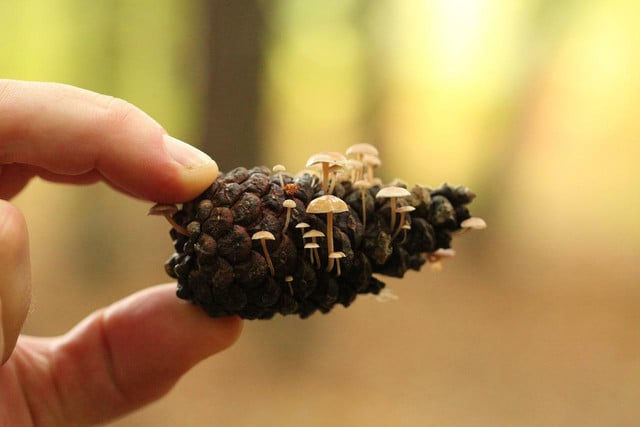


(Foto: CC0 / Pixabay / jag2020)
Plastic-eating mushrooms are not actually that new. Back in 2011, researchers at Yale University discovered that a species of fungi from the Amazon Rainforest — specifically the Pestalotiopsis genus — could degrade a type of plastic called polyester polyurethane (PUR). PUR is a synthetic plastic substance that is flexible, versatile, and resilient. It also releases toxic elements as it degrades. These toxins have been shown to be harmful to soil, plants, marine life, animal life, and water systems.
These researchers did not just find that Pestalotiopsis were any old plastic-eating mushroom. These fungi could survive on plastic and nothing else. Oxygen and light were not even required by these plastic-eating mushrooms — making them ideally suited to the dark, oxygen-deprived conditions in landfills. Even in the presence of oxygen, these fabulous fungi can still convert this harmful plastic into organic matter. Their only downside is that they are not edible.
Plastic-Eating Mushrooms — A Global Family
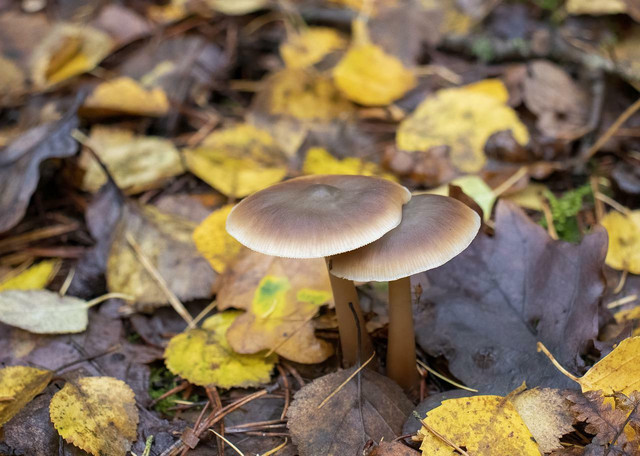


(Foto: CC0 / Pixabay / Illuvis)
There are around three million different species of fungi on the planet, so it is no surprise that since the groundbreaking research at Yale, several other species of plastic-eating mushrooms and fungi have been identified. A study in 2016 gathered one hundred different species found naturally growing on floating plastic debris along shorelines. Several of the samples — from genera like Cladosporium and Penicillium — could degrade different elements of the plastics.
The following year, a novel fungus called Aspergillus tubingensis was discovered by researchers growing on landfills in Pakistan. The fungus was found to be a member of the plastic-eating mushroom family and could degrade polyester polyurethane (PU) — a particle in plastic that could not be degraded by the plastic-eating mushrooms in the Yale study. This variety could break the plastic into smaller pieces within eight weeks.
Researchers in China continued the good news last year. They found plastic-eating mushrooms growing on a discarded plastic bag while in rubber plantations in Xishuangbanna looking for fungi. Out of the samples they collected from the plastic bag, four species were new to science, and all four could degrade latex in the lab.
Marine research is also yielding promising results. There is not a huge amount of available studies, but early findings indicate that several ocean fungal strains have a high potential for plastic degradation. Good news for the oceans, which receive eight million tons of plastic annually.
The Art & Science of Mushrooms Eating Plastic
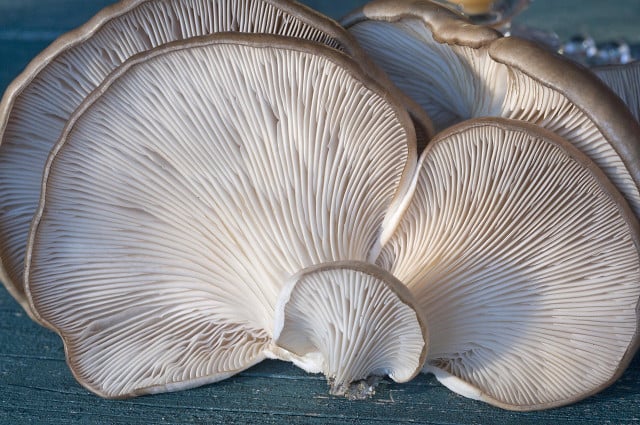


(Foto: CC0 / Pixabay / kellyclampitt)
An emerging concept — called a fungi mutarium — originated when science and art collided. The study conducted by designer Katharina Unger and the Microbiology Faculty at Utrecht University in The Netherlands gave birth to the fungi mutarium system. They used purpose-built pods and laboratory equipment with two very common types of edible mushrooms — Pleurotus ostreatus (Oyster mushrooms) and Schizophyllum commune (Split gill mushrooms) — in their research.
While growing in a nutritious seaweed-based agar, these plastic-eating mushrooms fully degraded small pieces of plastic that had been UV treated. They, too, did so in the absence of oxygen. And best of all — these plastic-eating mushrooms were completely edible with a licorice taste after degrading the plastic. The team believes their model could eventually be introduced into households once the research is refined.
How Do Plastic Eating Mushroom Work?
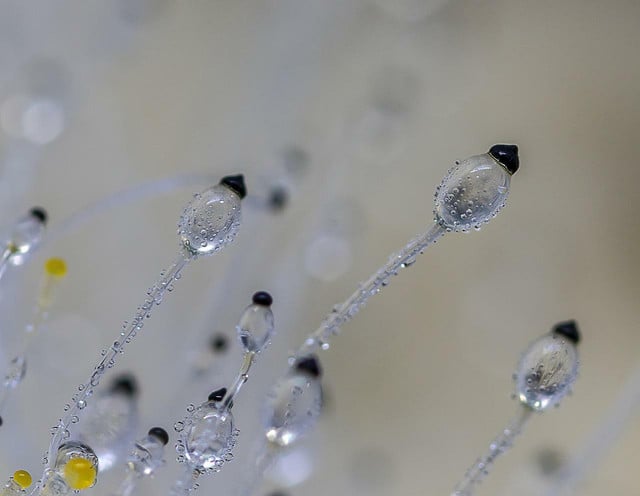


(Foto: CC0 / Pixabay / Illuvis)
The magic of plastic eating mushrooms lies in the sustainable and enzyme-rich mushroom mycelium. Mycelium refers to the intricate network of root-like structures from which all mushrooms develop and grow. Not all mycelium produces mushrooms, and some varieties can grow for thousands of acres. Others are even invisible to the naked eye.
Just like our human digestive systems secrete enzymes to break down food, mushroom mycelium does too. Mushrooms absorb their nutrients once the mycelium has broken down the substance it attaches to. Mycelium varieties thrive on a vast range of materials, so our appreciation of their benefits is only in its infancy. The world’s largest organism is actually a mycelial network in Oregon’s Blue Mountains that spans nearly four square miles and could be 8,650 years old!
The Mycelium Roots of New Ecosystems
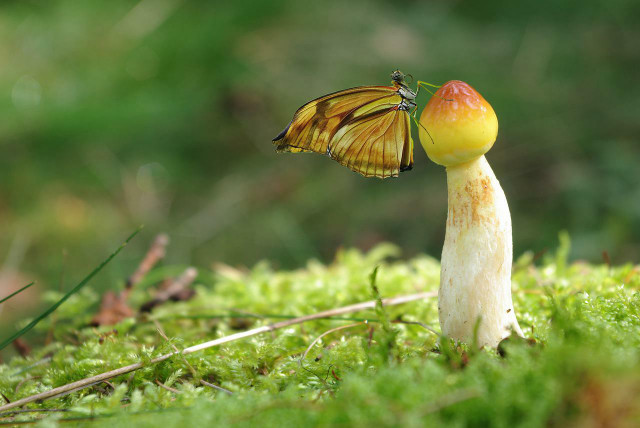


(Foto: CC0 / Pixabay / fotosforyou_rk)
Mycoremediation is a rapidly emerging area of interest. It involves using fungi or mycelium as remedies to environmental pollutants that range beyond just plastic. Research states that mycelium is also a cost-effective, eco-friendly and effective way to degrade:
- Heavy metals.
- Pollutants such as polycyclic aromatic hydrocarbons that are released from incomplete combustion of organic materials like coal, wood, and petroleum.
- Agri-waste, including pesticides and fertilizers.
- Pharmaceutical waste.
A researcher named Paul Stamets has devoted his career to studying fungus. He has yielded results using mycelium as antivirals and antibacterials and holds patents for mycelium use in various fields. When comparing mycelium to enzymes and bacteria in their capabilities of degrading diesel and oil in soil — the mycelium surpassed the others and grew oyster mushrooms from the contaminants.
Better still — when the mushrooms produced spores and died, insects were attracted to the food source and began creating an ecosystem. They laid eggs, which hatched into larvae and attracted hungry birds to the site. With the birds and their waste came seeds and nutrients, which replenished the contaminated soil and began to feed associated habitats within nine weeks. Great news for plastitar!
Another report by scientists in London found that, even if fungi are not edible or plastic eating, they have other uses — like using them to make furniture, plastic alternatives, and building materials. Using fungi for bioremediation and earth repair requires a large amount of mycelium.
The fact that the largest living thing on the planet is mycelium-based gives massive hope that plastic-eating mushrooms could be one of many valuable properties fungi might possess to help us deal with our current ecological chaos.
Don't Be A Plastic-Eating Person
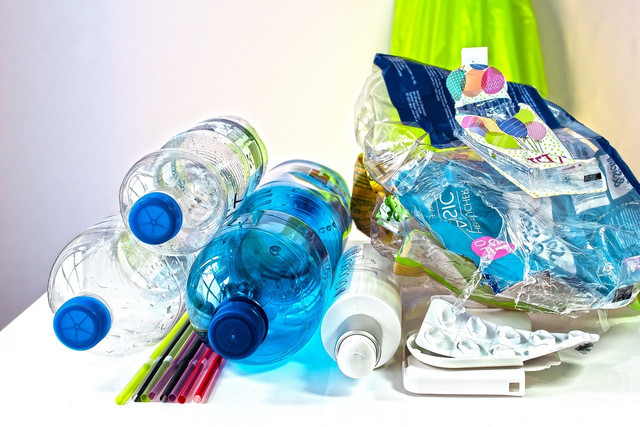


(Foto: CC0 / Pixabay / stux)
On a personal level, there are many things you can do to reduce your plastic consumption. Check out some easy tips for a life without plastic for a head start. It’s easy to make simple changes, like choosing plastic wrap alternatives and avoiding black plastic completely. You can also learn how to freeze food without plastic and recycle plastic bags. If you really want to tackle your plastic consumption — go plastic-free in 7 easy steps.
Read more:
- How to Clean Morel Mushrooms Step by Step
- How to Dry Mushrooms in the Oven, Dehydrator, or Naturally
- Plastic Packaging that Makes You Question Humanity
Do you like this post?






